Free Tropical Runtz seeds on orders over $150!
Let’s look at using reverse osmosis water for cannabis cultivation in this article.
We all want our cannabis to drink the finest water possible since watering is one of your most essential responsibilities as producers and plants get their sustenance this way. This can change how and when to feed cannabis with water and nutrients.
Purified water is preferred by many producers, particularly those using a hydroponic system for cannabis. Reverse osmosis water for cannabis is one of the most efficient and dependable purifying technologies known. However, what is it, and is it worth the effort?
Using reverse osmosis (RO) to filter water is a common practice. Dissolved particulates may potentially be extracted from a water supply using a semipermeable membrane. In practice, the smallest particles you can eliminate are those as small as 0.001 microns.
It is a very effective filtering method since it can remove almost all bacteria, viruses, and other particulates from water. There are very few things that can get through a RO filter.
RO isn’t limited to the horticultural industry. For the most part, you can use it to purify water for human consumption, often on a massive scale. You can use reverse osmosis (RO) in seawater desalination facilities. In many countries, reverse osmosis water for cannabis is the same as the primary water source for their inhabitants. Many residences have reverse osmosis (RO) systems installed to filter their drinking water. Let your cannabis plants benefit from it, too.
Water moves from low solute concentrations across a semipermeable membrane to high ones through osmosis. That is, from a place with a lot of water to an area with a lot of dryness. This is how cells maintain their hydration levels. The cell membrane transports water until the water potentials within and outside the cell are equal—until you achieve equilibrium. Compounds that dissolve in water, such as calcium, potassium, and so on, are no different.
On the other hand, what is reverse osmosis? If you want to reverse the osmosis process, intense pressure is necessary to drive water from a region of high solute concentration into an area of low concentration. Hydroponics is the most common use of RO in the cannabis industry. Soil-grown cannabis plants may also benefit from reverse osmosis water for cannabis filtration.
There are several reasons why using ultra-pure reverse osmosis water for cannabis farming endeavors might be helpful.
You may use an electrical conductivity meter to determine most water sources’ mineral and nutrient content (EC meter). However, choosing the current ratios of nutrients is very challenging, making introducing new nutrients even less precise.
Luckily, you can attain the ideal nutritional balance for your plants by eliminating any contaminants from your water.
You can remove toxic chemicals and pests from your water, which at the very least improves the health of your plants and, at the most, might save them.
RO may not be necessary for most growers, but it is a fantastic technique to get the most out of your plants and maximize yields. Using RO water for cannabis has several advantages, including:
Here is where the money and how well it’s integrated come to play. Having a RO system installed isn’t necessary. Alternative: Purchase RO cleaned water from a different source. How much cannabis you plan on growing and whether you’re planting hydroponically or soil-based determines whether or not this is a viable alternative.
You may get RO water online and have it delivered right to your home. Plant and aquarium websites are the most significant locations for information about this. The cost isn’t prohibitive; it typically ranges between $1 and $1.50 per liter. When growing hydroponically, though, you’ll likely save money in the long run by installing a filter.
You may find places where you may get RO water near where you live. In the United States, this is a common practice, and it may save you money on packing as well!
Having infinite RO water on hand will come in handy in various situations. Purified water may be introduced into your personal life and that of your plants at this time.
The average price of a RO system is roughly £400. Filters need to be changed every few years; thus, maintenance expenditures aren’t excessive. It’s not difficult to figure out the equations. There is a better option if you plan to use more than 400 liters of water in your cannabis growing endeavors: a RO system
As previously stated, your RO water will have no nutrients at all. As a result, most growers benefit from precisely controlling their ratios. However, most water sources already include certain fundamental minerals that need to be re-added if you want your plants to thrive.
Specifically, calcium and magnesium deficiency in cannabis will be a significant problem for you. Make sure your water is at least 200ppm with a CalMag addition. 1ml of solution per liter of RO water should be enough to do this.
Another option is to use 80% RO water and 20% tap water. Even though purifying drinking water can seem counterintuitive, it will still supply certain essential nutrients while maintaining a high degree of cleanliness. The quality of your tap water will determine whether this is a possibility for you.
You’ll also need to add salts and keep an eye on the pH level if you’re using water that has been treated. The roots of your plants will not be able to absorb the nutrients you add to super-pure water. Using a pH-up and/or pH-down solution may be essential to bring it back to a reasonable level.
There are several factors to consider when utilizing RO water for cannabis. Water purification systems remove pollutants and impurities, making them safe to drink. But it also removes almost all of the water’s minerals, resulting in water with no mineral content.
As a result, RO water isn’t “good” for your plants by definition. Because it’s so wrong when consumed on its own, it’s probably worse than regular tap water. However, what it does provide you is a place to start working on your solution’s nutritional balance. As a result, RO filters are often used in hydroponics since it requires exact and regulated settings.
Soil purity isn’t as critical for growing crops since the soil performs most of the work. Poorly adjusted RO water, on the other hand, will do more damage than benefit. As a result, before pursuing the usage of pristine water, be sure that you have the necessary abilities, equipment, and energy to compensate for the loss.
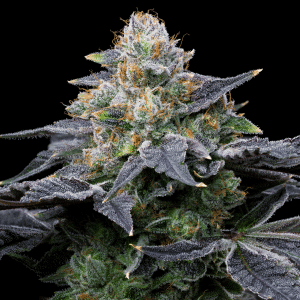
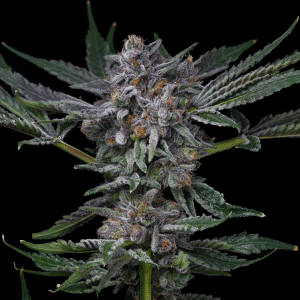
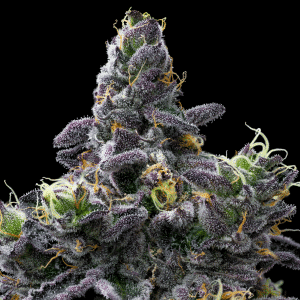
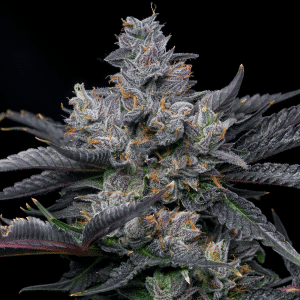
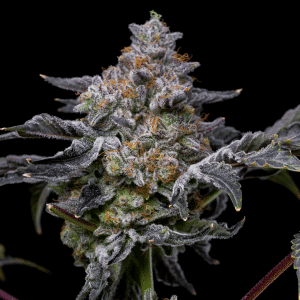
Offers
This product is not for use by or sale to persons under the age of 18. This product should be used only as directed on the label. It should not be used if you are pregnant or nursing. Consult with a physician before use if you have a serious medical condition or use prescription medications. A doctor’s advice should be sought before using any hemp products. All trademarks and copyrights are property of their respective owners and not affiliated with nor do they endorse this product. These statements have not been evaluated by the FDA. This product is not intended to diagnose, treat, cure or prevent any disease. By using this site you agree to follow the Privacy Policy and all Terms & Conditions printed on this site. All products contain less than 0.3% Cannabinoid-compliant with applicable Federal Laws. Please make yourself aware of any and all applicable laws regarding hemp in your jurisdiction. Premium Cultivars accepts no liability or responsibility regarding germination laws in any specific locale state or national jurisdictions.THCA products are not available for shipment to the following states: Hawaii, Idaho, Minnesota, Oregon, Rhode Island, Utah, Vermont *Note: Products with Total THC content above 0.3% must not be shipped to these states.
We want to help you get your hands on the seeds you want, take 20% off your next purchase when you enter your email below!
We want to help you get your hands on the seeds you want, take 20% off your next purchase when you enter your email below!